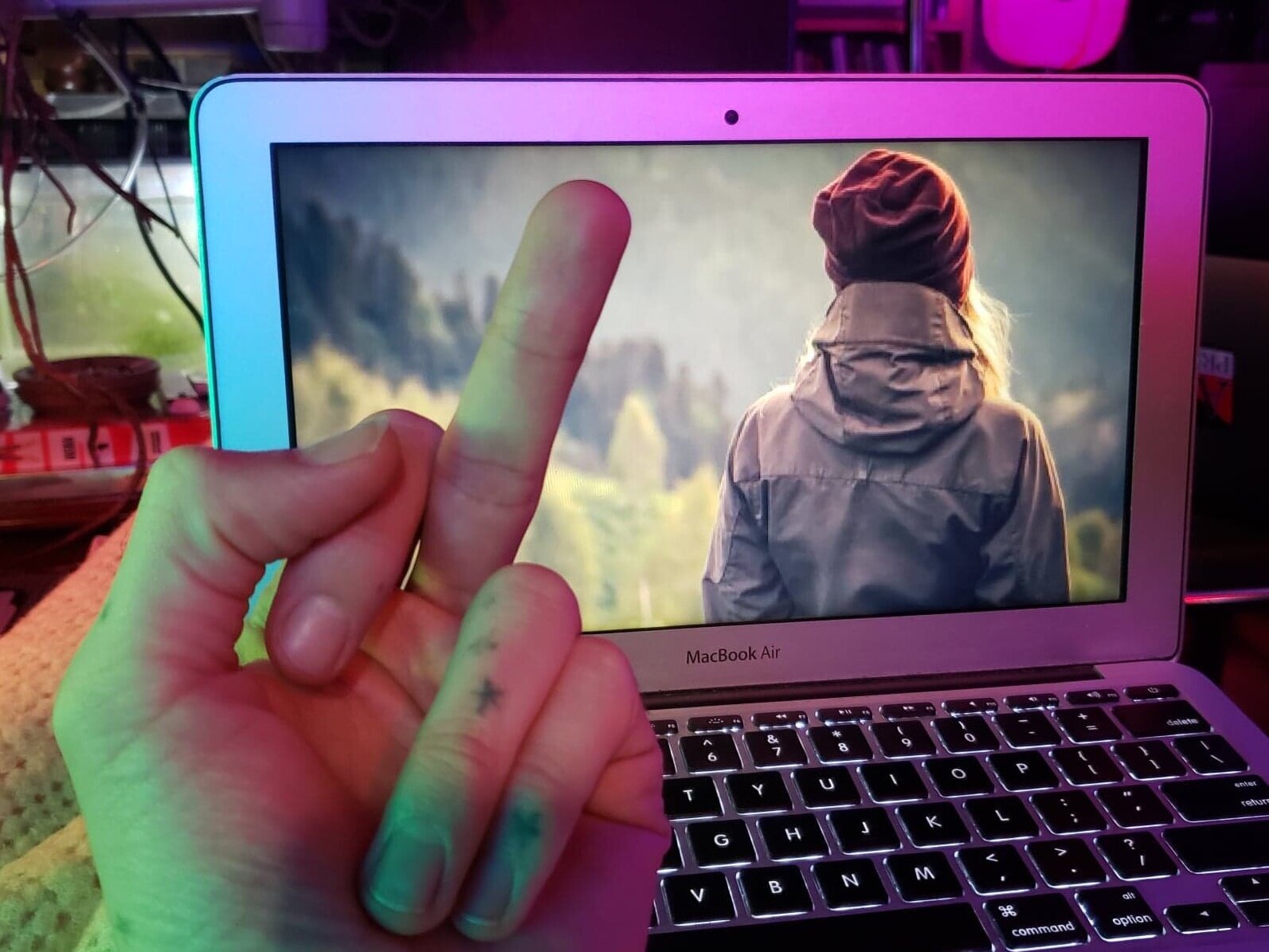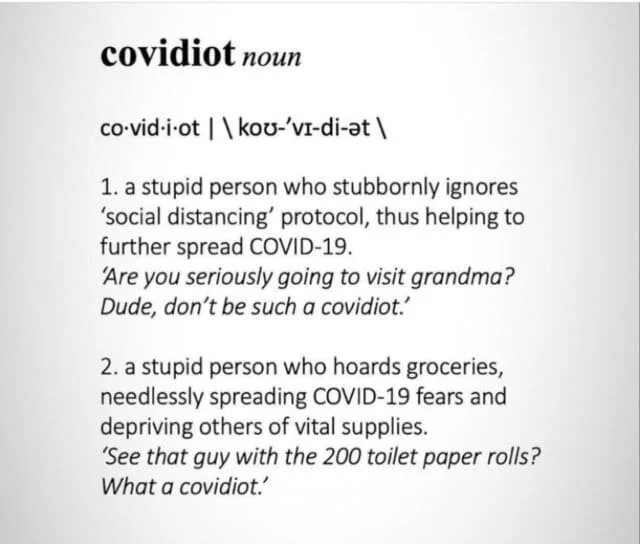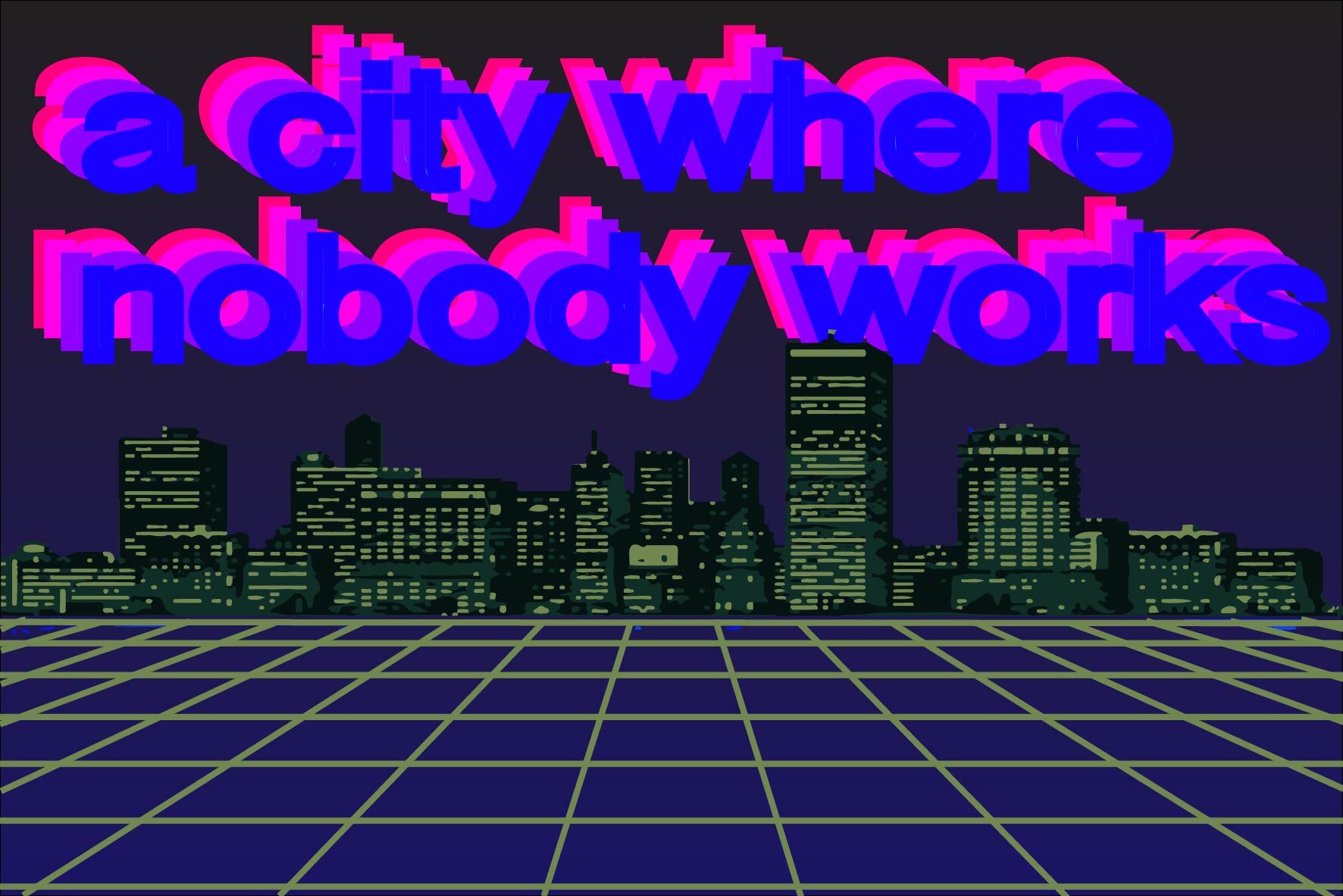The way you pose a problem determines the kinds of solutions that you will seek. Suddenly, the world is paying attention to race and the awful tolls of racism—perhaps in the most significant way since the civil rights movement of the 1950s and 60s. In the face of enormous pressure, the powerful in our society have made the first round of concessions ostensibly addressing the demands of the protests and movements that have gripped the world. Now, more than ever, it is imperative that we continue to refine our framing of the problems we’re up against, and that we maintain a fidelity to this framing, so that politicians and corporations cannot manipulate or sideline the solutions that will make real, meaningful change in our society. The purpose of this post is to suggest that frameworks (and the policies designed after them) that approach racism as primarily a matter of discrimination are liable to fail. What are needed are diagnoses and solutions that highlight the ways that institutional and structural oppression has created racialized disparities, inequality, and brutality—conditions that demand systemic and institutional solutions. There are amazing voices speaking and writing about structural racism, (sometimes even in the language of discrimination , i.e. Michelle Alexander and bell hooks), yet these voices have tended to be drowned out by mainstream liberal perspectives that highlight personal bigotry, prejudice and “white fragility”—all of which intuitively leads to corporate sensitivity training and anti-racism workshops (operating almost therapeutically and cathartically at the personal level, rather than the structural level). The current crises of pervasive police killings, mass incarceration and mass death from the coronavirus and other preventable diseases—all of which disproportionately affect black Americans—demand frameworks that transcend accusations of discrimination and highlight structural inequality and systemic, institutionalized deprivation and cruelty. Oppression, not discrimination, must be the target of our critiques, and the basis of our demands and struggles.
Our society is a supremely individualist one, and this has fundamentally shaped how we frame the issue of racism. Our political movements tend to frame their claims in terms of rights and protections from discrimination, rather than economic, political or environmental justice. In recent weeks, the liberal left has been quick to diagnose police killings as a matter of police misconduct, while much of the “cultural left” has diagnosed them as a product of white supremacy. Countless memes of police as fascists or as KKK members or as pigs lend themselves to the idea that police are evil, corrupt, hateful, bigoted, etc.—charges that may indeed often be true, but which miss the systemic role of police in our society. In the first place, the implicit assumption is that there are more humane and less corrupt ways to run the policing and carceral apparatus that maintains public safety. In the second case, the implicit assumption is that people need to stop being hateful and bigoted and racist. The problem, in both cases, is a personal failing to be a good person. The solution embedded in this individualist framing effectively amounts to a demand for less racist, “discriminating” police. What all of these individualizing approaches to police violence miss—and here, they are consistent with much of our broader social justice discourses—is that you can have racism without racists; sexism without sexists, etc., because oppression is embedded in material institutions that will not go away, even if discrimination disappears.
The political theorist and feminist socialist Iris Marion Young has carefully drawn out the distinction between discrimination and oppression in a magnificent article entitled “The Five Faces of Oppression,” where she writes that, “[i]n its traditional usage, which most people retain, ‘oppression’ means the exercise of tyranny by a ruling group.” Such a definition misses the ways that oppression may occur in the “everyday practices of a well-intentioned liberal society,” often “in the absence of overt discrimination.” While “the tyranny of a ruling group over another . . . must certainly be called oppressive,” Young explains, the term can also designate “systemic and structural phenomena that are not necessarily the result of the intentions of a tyrant.” This framing of oppression without intentionality is key—not only to Young’s argument, but to solving our problems today, as we address—albeit too often in the language of discrimination—the forms of oppression that are pervasive in our society. Because “[o]ppression in the structural sense is part of the basic fabric of a society, not a function of a few people’s choice or policies,” Young continues, “[y]ou won’t eliminate this structural oppression by getting rid of the rulers or making some new laws.” Unlike discrimination, oppression does not merely exist in intentions and laws, but “are systematically reproduced in major economic, political, and cultural institutions.” To solve oppression, we must dismantle and replace these institutions.
Yet, in a bizarre hybrid development, a generation of liberal advocates of social justice have mixed up the meaning of oppression and discrimination, using the word “oppression” when they really mean discrimination. Remaining within a liberal ontology, these advocates of social justice are unlikely to adequately theorize and address the truly systemic causes of oppression, as they struggle in vain to call out and isolate individual transgressors, since the injustices that they oppose have deep structural causes. As Young explains, one reason that political struggles have tended to be framed in individualistic terms of discrimination is that in “our society . . . the prevailing political discourse does not have a place in its social ontology for structuration and social groups.” Liberal society—built on the rights and protections of individuals—is unable to recognize oppression, Young explains, and therefore tends to default to “using instead the term ‘discrimination’ to refer to [societal] injustices.” Unlike oppression, discrimination requires a discriminating agent—it “is a methodologically individualist concept”—and it is therefore apparently much easier to diagnose and call out. But without a fully-developed conception of oppression—the structural, institutionalized ways in which exploitation and deprivation are managed in a highly stratified and extractive society—we are unlikely to succeed in preventing or reversing the harms that our social justice movements rally against. The distinction between oppression and discrimination needs to be posed and made operational—not just by academics but by everyone struggling for a better future.
Evidence of the inadequacy of a discrimination framework (even if it uses the term “oppression”) may be located in several places. For one thing, discrimination continues to persist, despite the best efforts of those aiming to stamp it out. Despite society becoming increasingly politically correct and tolerant of different identities, white supremacy is out in the open today, in ways not seen in decades. What’s more, those who discriminate often disavow their own racism as they engage in it, as seen in, for example, this video of a Cambridge cop who continually insists, in effect, "I'm not racist; I am just rationally profiling you on the basis of your skin color.” Here, the quest to demonize racism has caused a kind of disavowal for those engaging in discriminatory behavior, whose reasoning goes: “the thing I’m doing can’t be racist because I myself am not racist.”
I don’t need to rehash the figures here, but, despite the increases in “awareness,” “representation” and struggles against discrimination, there continue to be enormous disparities between the lives and financial prospects of black and white Americans. Black Americans are 5 times more likely to be incarcerated than are white Americans, while the average white household has ten times the net worth than the average black family. These material facts are, or course, the products of long-standing legacies of exclusion and discrimination, but they can continue to persist in the absence of discrimination. This is what people mean when they refer to “systemic” or “institutional” racism: whether or not individuals in positions of power and privilege hold racist views, these pervasive conditions continue to persist in and through institutionalized arrangements in the way that wealth and property are accumulated, valued and defended.
If you can have oppression without discrimination, it follows that you can eliminate discrimination without eliminating systemic racism (or sexism, or classism, etc.). This would is a special dystopia, where bourgeois liberal sensitivity polices language, corporations affirm the many different identities of their consumers, there are no individual hate crimes, and yet, many people are still poor, uneducated, in prison, and/or prevented by their circumstances from having decent or fulfilling lives. Here, anything but encouragement and celebration of those living “subaltern” existences would be off-limits (“we must celebrate their identities,” the moral diplomats would insist in such a dystopia). To critique the fundamentally unjust conditions of poverty and deprivation would violate the dictates of sensitive speech, where the priority is not justice, but to merely not offend. Structural antagonism and disparity would continue to exist, but everyone would be “heard” and told that they are “valid”—tendencies we already see on social media.
The worry that gains are being made on purely cultural grounds has led a growing minority within the left to become disgruntled with so-called “identity politics:” the ambition, they insist, should not be to make an inherently oppressive society less offensive and more inclusive; it should be to create a world without oppression. While I myself stand firmly committed to cultural struggles and to intersectional conceptualizations of oppression, it is true, as many within the anti-identitarian left point out, that too often, “sensitivity,” “awareness” and “representation” serve as a cover for institutionalized exploitation, inequality, extraction and destruction—a phenomenon that, in our times has come to be called “woke neoliberalism.” Cynically, this is what is occurring when companies like Nike and McDonald’s and Pepsi jump on the bandwagon of campaigning for (deliberately ambiguous) racial justice. As a friend recently posted, “Who knew that every company with my email address is committed to #blacklivesmatter?” These companies realize that doing so is, in the words of the senior VP of a prominent marketing firm, a “business imperative.” Yet, as some journalists have pointed out, the actual actions of such companies suggests a hollowness to their communications of solidarity. Talk (and, I might add: representation and sensitivity and awareness with it) is cheap.
An additional risk posed by an overemphasis on discrimination is that it fails to resonate for those who do not experience or witness discrimination in their everyday lives. There are, of course, still many explicitly racist people and institutions who discriminate and engage in hate crimes, but for many—especially those disproportionally powerful people who exist in the privileged bubbles of self-congratulatory liberal tolerance—overt discrimination appears to be a fringe phenomenon. While white supremacy rallies and racialized police incidents make headlines from time to time, the reasoning goes, this is a sign that we have mostly moved on from all of that. Headlines, they reason, highlight exceptional occurrences. Racism is therefore now the exception; not the rule—a position seemingly confirmed by their sanitized Facebook newsfeed. Such a person can only feel alienated and confused when charges of racism are hurled around. Most of us know a few of these “rational” privileged people who, in recent days and weeks have stepped back to say: “Isn’t that a bit overblown? Why all the animosity and outrage?” Such apathy and antagonism to contemporary struggles might be counted as a casualty of overly discrimination-oriented conceptions of racism and accountability.
The over-reliance on discrimination as a framework of understanding and explicating the problems of racism runs the risk of fostering empathy and understanding only for those who are perfect victims or archetypical villains. When they hear about discrimination, the first question many ask is: how deserving of my empathy is the victim here? How innocent was the victim, and how evil was the perpetrator? There are a number of problems with this. For one thing, conceptions of victimhood and innocence (and their converse) are deeply gendered and racialized, and exist on a hierarchy—a fact that is borne out by the long and terrible history of lynching in the United States.
In addition to this, many of those who suffer from oppression are never presented to the public as convenient victims of discrimination. There is no “event” that we can point to in order to anchor empathy and understanding. Moreover, clear victim-perpetrator dichotomies fail to address one of the most unjust aspects of oppression: that those who have been systematically held back, policed, impoverished, exposed to disproportionate health risks and malnutrition and violence often are not spontaneously virtuous. For this reason, those who are most oppressed in our society often appear not as victims, but as perpetrators of harm. In a world that had a strong discourse about oppression, we would openly acknowledge, as “oppression realists,” that substandard conditions of life and the manifold deprivations of poverty and generational trauma have caused many people to be hurt and damaged in ways that are often anti-social, self-destructive, and societally costly. The absence of such discourses, I think, is contributing to new, devastating forms of intolerance (I’m thinking here of the so-called “race realists” who claim to use empirical evidence [but never history] to explain—and justify—racial disparities) that are quietly taking root among many who witness and experience the secondary consequences of oppression yet have no discourse through which to express these concerns in a heavily racialized and antagonistic society that no longer believes it’s appropriate to talk about race: ironically, the seeds of a new form of discrimination find fertile soil in these conditions. Where discrimination discourses can only find conversations about the consequences of racialized disparity to be, themselves, discriminatory, a discourse that centers oppression (especially when paired with an intention of abolishing the underlying causes) can address these issues head-on. In other words, discrimination discourses threaten to reinforce “particularisms” and new identity-based antagonisms by failing to address the ways that systemic oppression moves in the world. The way to combat this is not through doubling down on anti-discrimination measures, but through addressing and abolishing oppression.
In all of these cases, the emphasis, within prevalent social justice discourses, on discrimination without an accompanying emphasis on the structural aspects of oppression has not only left much to be desired, but actively undermined the cause of eliminating racism. Not only can you have racism without racists (that is: oppression without discrimination), but you can also have—and I believe this is occurring now—a situation in which the neglect of structural causes actually exacerbates the prevalence of racism and leads to even higher amounts of discrimination. The point of all of this commentary is not to disavow the importance of continuing to tackle discrimination, but to augment that effort with a struggle against the structural causes of oppression.


















